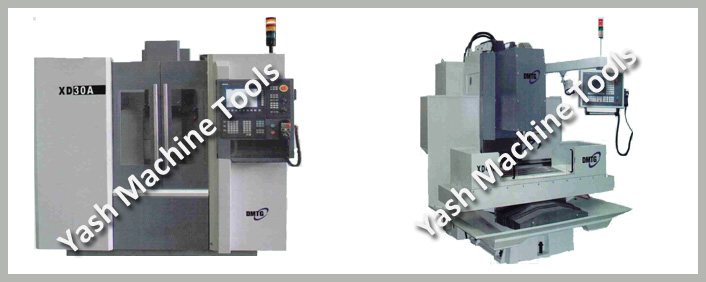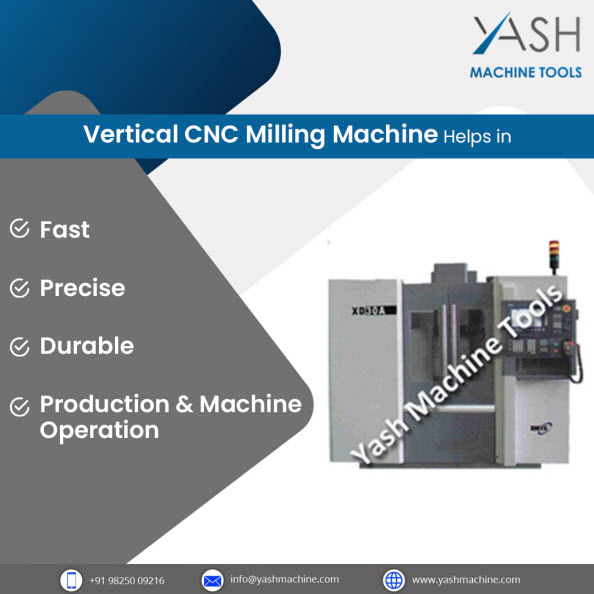Ensuring Power and Precision with Vertical Milling Machine
A milling machine is a type of machine that uses complex multi-tooth rotary cutters to make compound cuts. They can be used in product modeling and for cutting industrial parts that have unique features or require high degrees of accuracy. When choosing a milling machine, it’s important to test its precision, power efficiency, and capacity. This will help you determine whether a specific machine is right for your needs.
Exploring the Potential of Vertical Milling Machines
Vertical milling machines are versatile and can be used for a variety of projects. However, it is important to consider your project needs before determining which type of milling machine you will use.
The milling process removes material by making multiple, small cuts with a rotating cutting tool. The speed and feeds of the tool, as well as the size of each cut, are adjusted to achieve the desired result.
Horizontal milling machines are great for large jobs requiring a high level of precision. They can also be a great choice for projects that involve heavy and bulky materials, as well as parts that need to be cut on multiple sides.
Both vertical and horizontal milling machines can be automated, but the latter is more common. The initial and operating costs for a vertical machine are lower, and the learning curve is usually less.

The Efficiency of Vertical Milling Machine
Efficiency is achieved by minimizing interruptions during the milling process. This reduces the risk of material loss and botched projects that can cost you more money in the long run. Another way to ensure efficiency is by using a machine that can perform multiple machining processes in one accurate operation. This allows a manufacturer to create more units within a given timeframe, which increases their production capacity. Regardless of which type of machine you choose, it’s important to find a machinist that has experience working with both types of milling machines. A less experienced machinist could end up making costly mistakes that can waste materials and delay your production deadlines.
Horizontal CNC milling machines are a great option for this task. These machines can operate three different machining tools simultaneously, which increases productivity without sacrificing precision.
A Vertical Milling Machine uses a rotary cutting head with a vertical alignment. This enables the spindle to move up and down along the Z axis and shifts the table along the X and Y axes to continuously position the workpiece for cutting. Compared to horizontal machines, these types of machines are less expensive to purchase and operate. This makes them an attractive option for many small shop owners.
Vertical Milling Machines: Precision Solutions for Complex Materials
The ability to machine complex and precise parts with a high degree of flexibility is one of the main advantages that vertical milling machines offer. This makes them the perfect choice for manufacturing solutions that require a high level of precision.
The type of project you’re working on can help you determine which machine is best suited for your needs. For example, if your projects are time-sensitive and you need a faster turnaround time, a horizontal milling machine might be better for you.
The shape of your materials can also help you decide which type of machine is right for you. Depending on the size of your materials, you may be able to work with a horizontal or vertical milling machine.
- How Lathe Machine Manufacturers are Powering the Nation’s Engineering Growth in Canada?
- How Chamfer Machines Are Streamlining Metalwork in the UK’s Manufacturing Sector?
- How Feed Rate Adjustments Improve Surface Finish in Vertical CNC Milling Machines?
- How Radial Drilling Machines Achieve Low Vibration and Distortion Resistance?
- From Design to Execution: How CNC Press Brakes Ensure Seamless Workflow
- How to Optimize Sheet Metal Operations Using a Hydraulic Press Brake?



